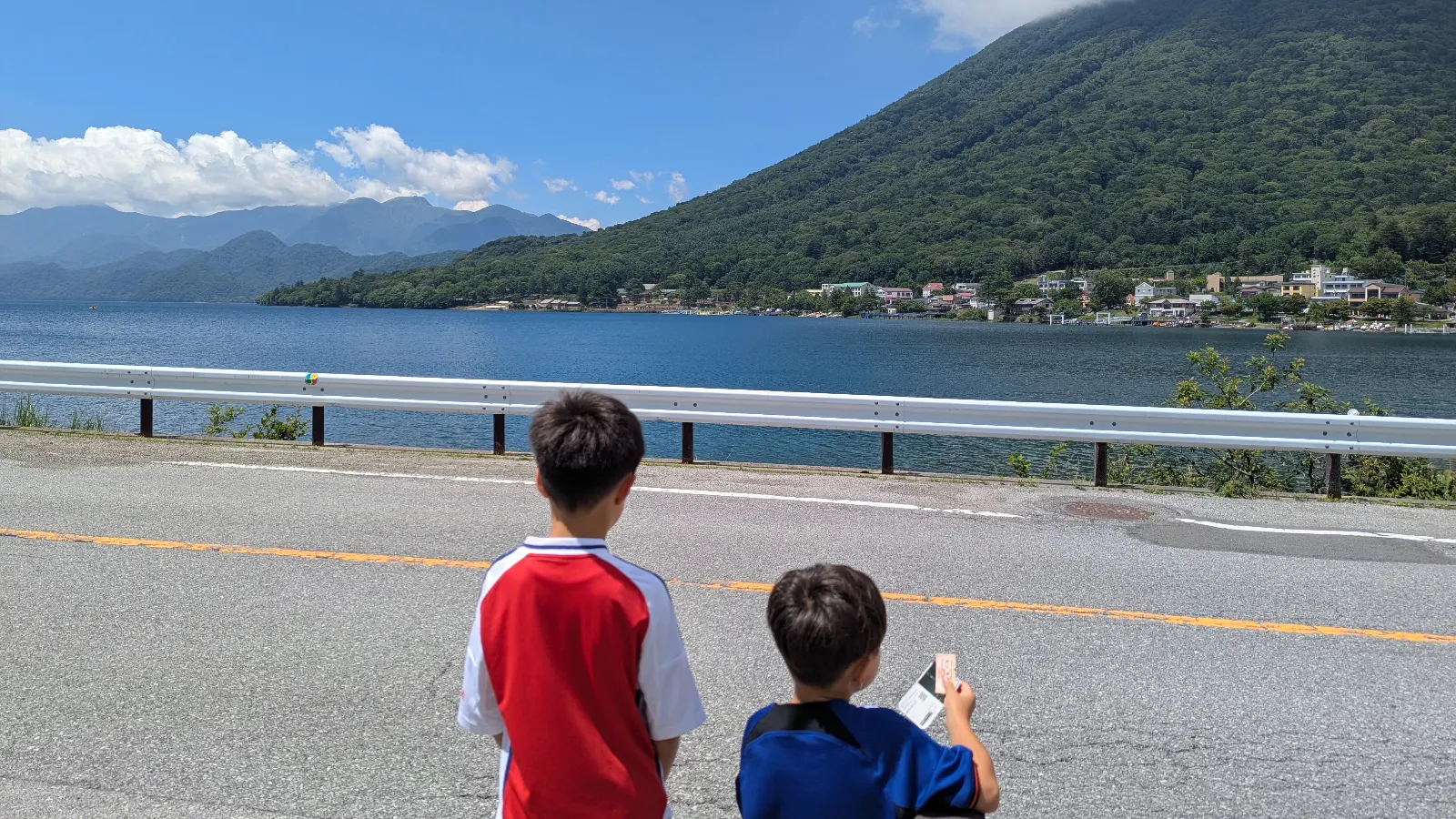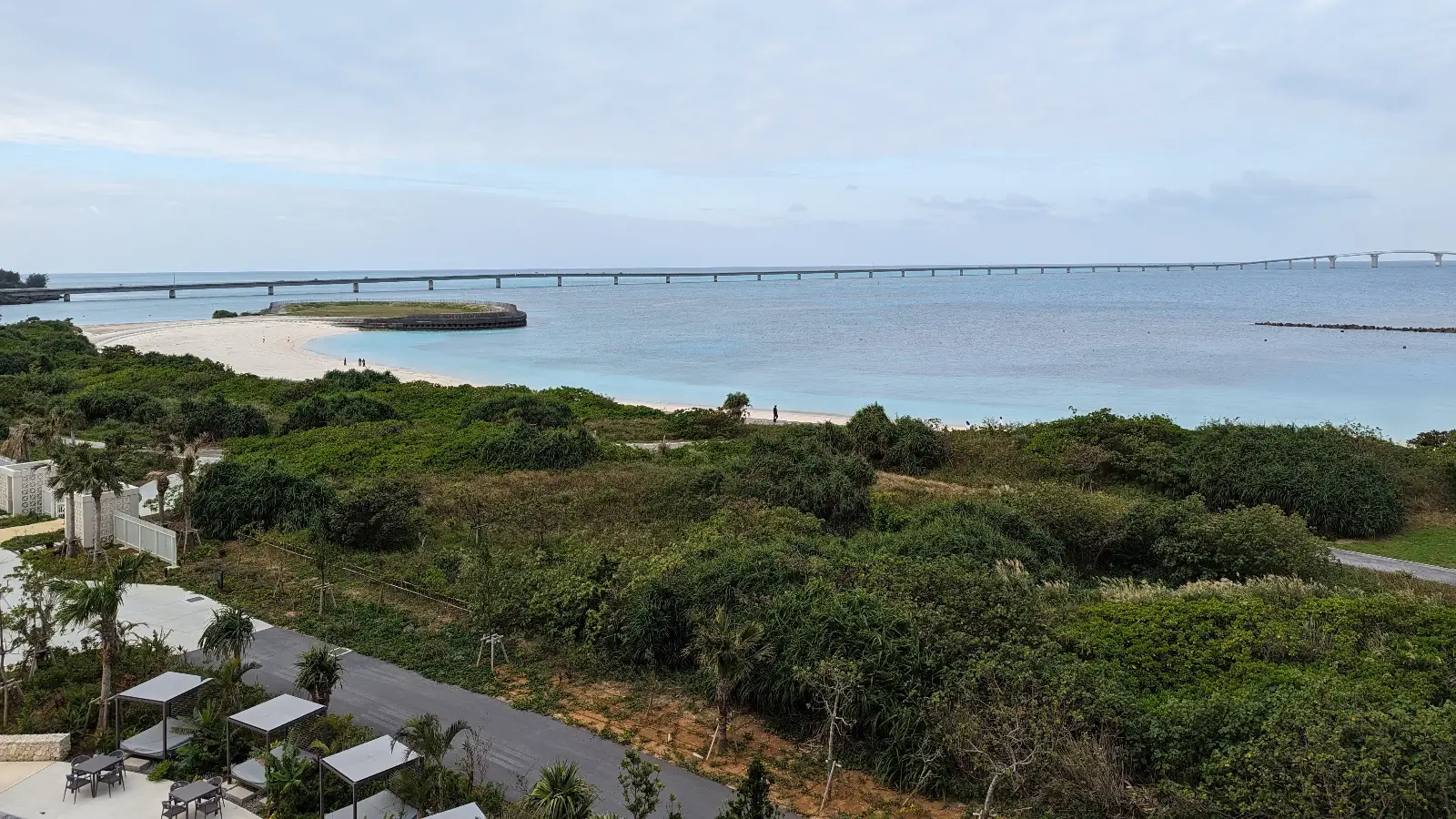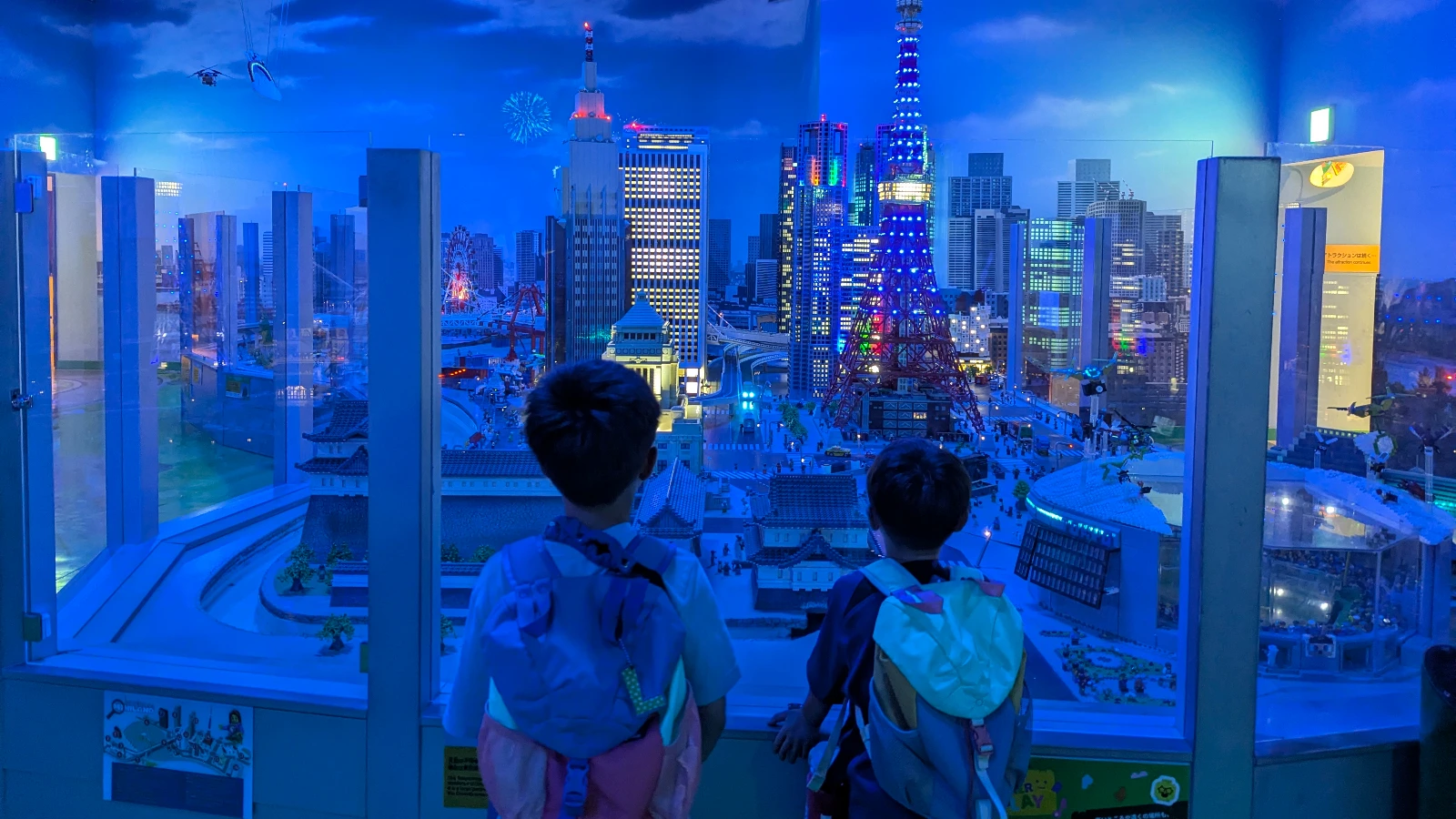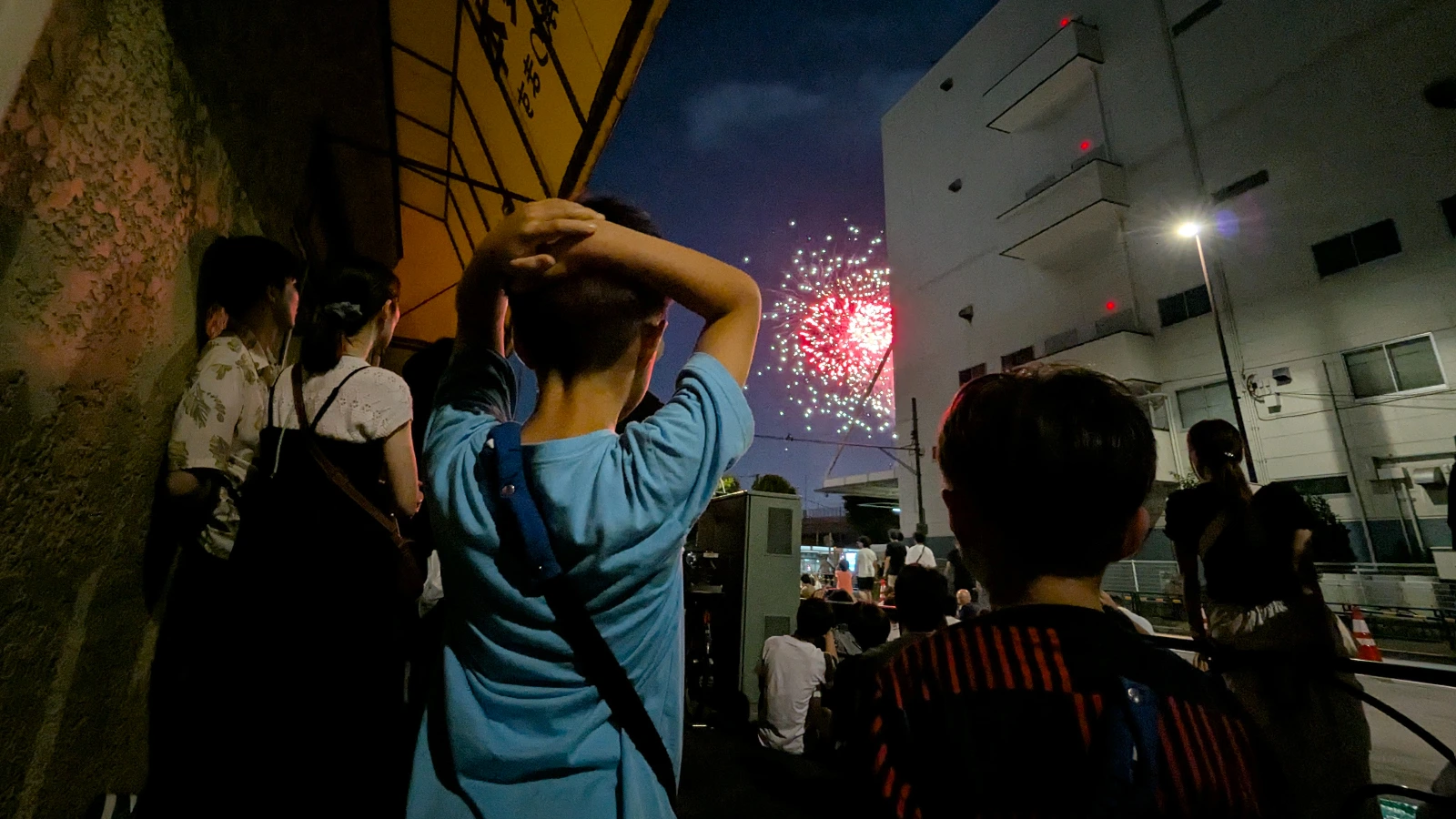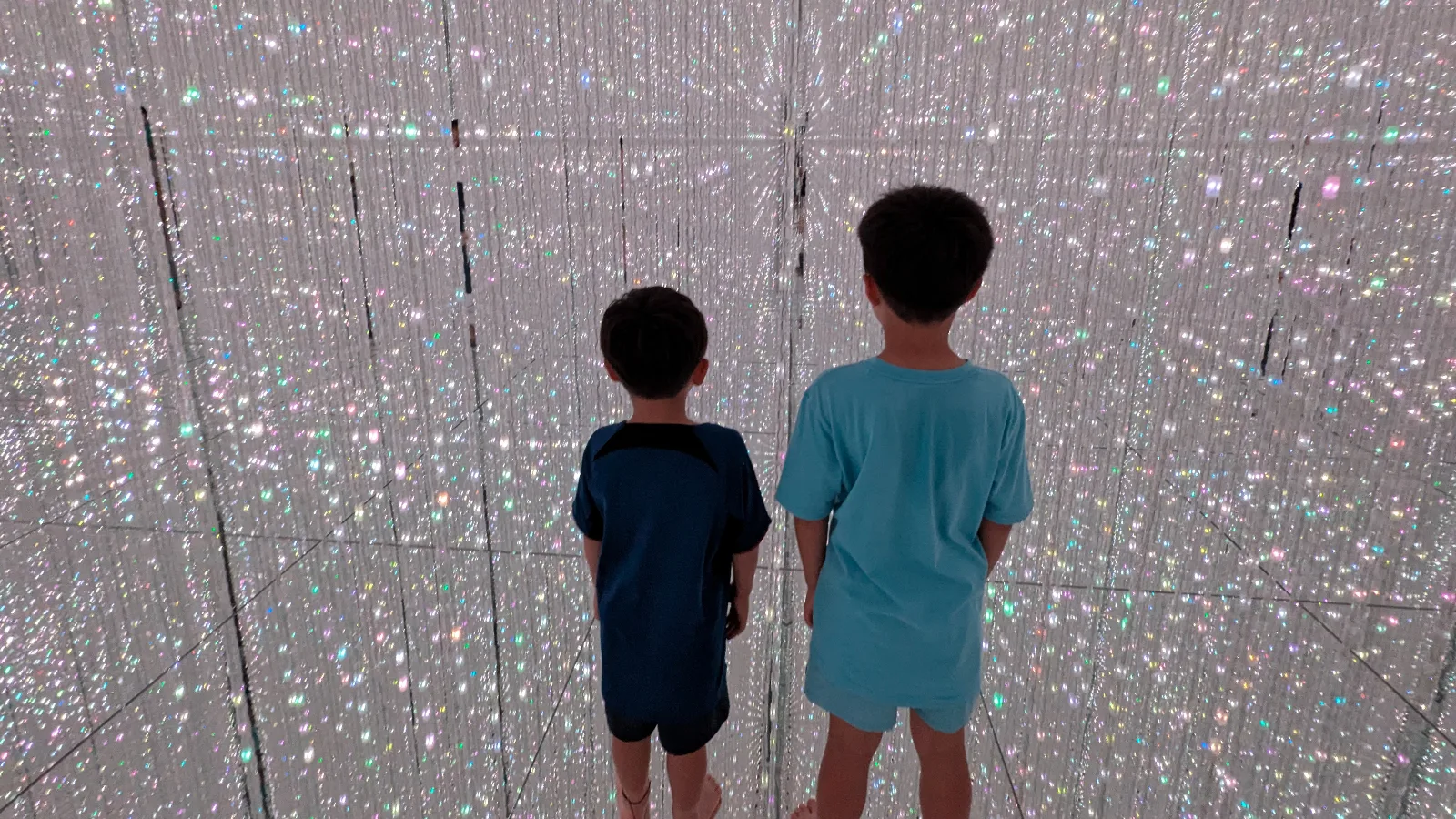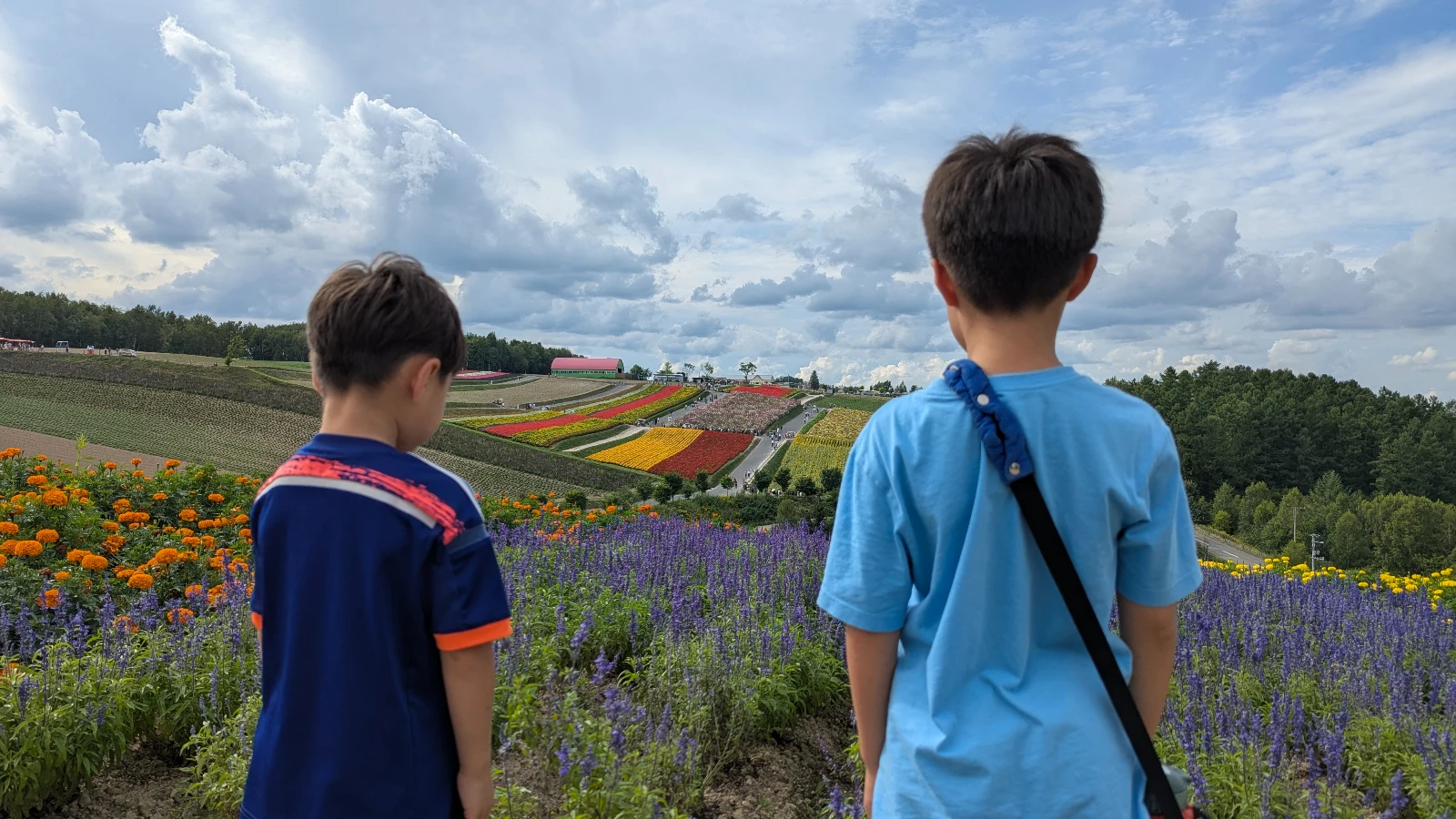
Nagasaki Peace Park (平和公園) is a place of remembrance, reflection, and hope. Located near the site of the 1945 bombing, it sits close to the Nagasaki Atomic Bomb Museum and the National Peace Memorial Hall, forming a powerful trio of historic sites. For families, this is a thoughtful stop, with wide open spaces, quiet walking paths, and meaningful art that sparks gentle conversations with kids about history, peace, and kindness.
As you plan your trip to Nagasaki with kids, our resources are here to help! Check out our full Nagasaki Family Travel Guide for cultural stops, fun neighborhoods, and activity-filled itineraries. Then, visit the Nagasaki with Kids Hub to find all our guides, family adventures, and travel tips conveniently in one easy spot. For even more inspiration across Japan, see our Ultimate Guide to Family Attractions in Japan with Kids for the best castles, shrines, theme parks, and more.
Disclaimer: This post contains affiliate links. If you click to purchase, it’s at no extra cost to you… when you book through our links, you help support LuNi Travels and the family guides we create!
Why Book Ahead? It’s quicker, avoids long lines, helps skip language barriers, prevents sold-out attractions, and solves payment issues at places that don’t accept credit cards. *Prices are subject to change.
Why Nagasaki Peace Park is Great for Families with Kids
- It’s an outdoor, open-air park that gives children space to move, think, and ask questions at their own pace.
- The monuments and sculptures throughout the park offer visual entry points to complex topics, especially for school-aged kids.
- It’s a peaceful and calming setting, ideal for reflection and learning, but not overwhelming.
- Can be easily paired with the Atomic Bomb Museum or just enjoyed as a quiet walk.
Parent Insight: Visiting memorials with children opens the door to important, age-appropriate conversations about peace, empathy, and history. You don’t need to explain everything, simply inviting reflection (“What do you think this place is trying to tell us?”) helps children connect with the value of compassion and hope.
Best Things to Do at Nagasaki Peace Park with Kids
- Peace Statue: This towering blue figure is the park’s most iconic symbol. One hand points to the sky (representing the threat of nuclear weapons) while the other stretches outward (symbolizing peace).
- Fountain of Peace: Built to honor those who searched for water after the bombing. The sound of flowing water and circular design create a tranquil spot for families to pause.
- Global Peace Symbols: Sculptures from countries around the world form a visual scavenger hunt. Challenge your kids to find their favorites!
- Peace Bell: Often rung by school children. Ask staff if visitors are allowed to ring it when you arrive.
- Nearby Epicenter Marker: A quiet memorial just downhill from the park, showing the exact location of the atomic bomb’s detonation.
Practical Tips for Visiting Nagasaki Peace Park with Kids
- Cost: Free
- Best Age Range: Ages 5+ for deeper understanding, but all ages welcome
- Stroller-Friendly? Yes, wide paths, flat walkways, and ramps throughout
- Rest Areas: Benches, shaded areas, and vending machines nearby
- Food: No eating in the main memorial areas, but you’ll find food and picnic spots just outside the park
- Nagasaki Atomic Bomb Museum: Book tickets below.
Best Time to Visit Nagasaki Peace Park with Kids
The best time to visit Nagasaki Peace Park with kids is in the morning during spring or autumn, when the weather is comfortable and the park feels calm and reflective. Mornings allow families to explore the monuments and fountains before larger tour groups arrive.
In spring, cherry blossoms frame the park beautifully, making the visit both peaceful and photogenic. In autumn, the colorful foliage adds a striking backdrop to the statues and memorials. Summer afternoons can be very hot and humid, which may tire younger kids quickly, while winter mornings offer a quieter, contemplative atmosphere for older children ready for thoughtful conversations.
Arriving early helps kids move through the park at their own pace, giving families space to reflect and learn before the busiest part of the day.
For year-round planning, explore our Japan Seasonal Guides for Families, including detailed resources for spring, summer, autumn, winter, and our full Best Time to Visit Japan with Kids guide.
How Long to Spend at Nagasaki Peace Park with Kids
Plan to spend about 1–2 hours at Nagasaki Peace Park with kids, enough time to walk through the main monuments, explore the Peace Statue, and pause at the Fountain of Peace or smaller memorials.
For toddlers and younger kids, 45 minutes to 1 hour is usually enough, as the wide paths and open spaces make for easy strolling without needing to cover everything. School-age children often engage more deeply, especially if parents share stories or visit nearby museums, so 1.5 to 2 hours works well. Families with older kids and teens may want extra time to reflect at each monument and combine the visit with the Atomic Bomb Museum next door, turning it into a half-day experience.
How to Get to Nagasaki Peace Park with Kids
- By Tram: 5-minute walk from the Peace Park Station.
- By Foot: The park is a short walk from the Nagasaki Atomic Bomb Museum (about 5 minutes) and can easily be combined with a visit to the Hypocenter Monument or the National Peace Memorial Hall.
Luca & Nico’s Tip: Turn the peace sculptures into a quiet scavenger hunt. How many animals or different countries can you find represented around the park?
If your trip includes bullet trains, don’t miss our Shinkansen With Kids guide for tips on seats, luggage, and navigating stations with little travelers. Parents comparing rail options can also see our Japan Rail Pass Guide to understand when the pass is worth it for families. And if you want stress-free station transfers, our Japan Luggage Delivery Guide explains how to send suitcases ahead so your family can travel light and move easily between cities.
As you plan your Nagasaki stay, our Nagasaki Hotel Guide highlights the best family-friendly options across the city, from seaside hotels around Dejima and the bay area to convenient stays near Nagasaki Station and peaceful retreats close to Glover Garden and the historic hillside neighborhoods. For a broader look at family-friendly stays across the country, you can also compare options in our Ultimate Guide to Family Hotels in Japan.
Once you’ve chosen your base, explore our Best Things to Do in Nagasaki with Kids guide for family-friendly highlights like Glover Garden, Nagasaki Penguin Aquarium, Dejima’s open-air museum, and scenic viewpoints around Mount Inasa.
Family-Friendly Attractions Near Nagasaki Peace Park
- Nagasaki Atomic Bomb Museum – Just a short walk away, this museum provides deeper context through exhibits and survivor stories. Best suited for older children and teens with parental guidance.
- Urakami Cathedral – Once destroyed by the atomic bomb and later rebuilt, this striking church stands as a symbol of resilience. Families can quietly reflect while learning about Nagasaki’s history.
- Hypocenter Park – Located beside the Peace Park, this simple memorial marks the exact hypocenter of the atomic bomb explosion, offering a direct connection to the events of 1945.
- Nagasaki Science Museum – A short bus or tram ride away, this hands-on museum gives younger kids a lighter balance to the day with fun science exhibits and a planetarium.
- Mt. Inasa (Inasayama) – Easily reached by ropeway or bus, Mt. Inasa offers one of Japan’s best night views. Families can reflect at the Peace Park during the day, then end the evening with a sparkling view over the city.
If you’re mapping out your wider Japan route, start with our Japan 14-Day Family Itinerary for a balanced mix of major cities, culture, and kid-friendly highlights. Families comparing trip lengths often find it helpful to look at multiple options, including classic 7-day and 10-day Japan itineraries that show how to pace Tokyo, Kyoto, and Osaka with kids.
For even more support planning your trip, our Japan Family-Friendly Travel Hub brings together every city guide, attraction, and resource in one place, while our Planning a Family Trip to Japan and Japan Budget Family Travel Tips guides help parents navigate budgets, routes, and practical details.
FAQs: Visiting Nagasaki Peace Park with Kids
Planning a visit with little explorers? Here are the most common questions families ask about Nagasaki Peace Park, and everything you need to know before you go.
A: Yes. Nagasaki Peace Park is a calm and safe space for families, even with toddlers. The sculptures and peaceful layout make it approachable for young children, offering a gentle way to introduce themes of peace without overwhelming imagery.
A: Most families spend about 1–2 hours at Nagasaki Peace Park with kids, enough time to see the Peace Statue, Fountain of Peace, and main memorials at a relaxed pace. Families with toddlers and younger kids may prefer a shorter visit, while older children may want extra time to reflect or combine the park with the nearby Atomic Bomb Museum.
A: Yes. The park is fully stroller-friendly, with wide, flat walkways, ramps, and shaded areas. Parents will find it easy to navigate with strollers or wheelchairs, making it an accessible stop for all ages.
A: Yes. While the park doesn’t have hands-on exhibits, its sculptures, fountains, and memorials naturally spark reflection and conversation. Parents can turn the visit into an educational experience by asking simple questions or creating a mini scavenger hunt that helps kids engage with the symbols of peace.
A: The best time to visit Nagasaki Peace Park with kids is in the morning or late afternoon, when the park is quieter, cooler, and less crowded. Mornings are ideal for thoughtful exploration, while late afternoons provide beautiful light for family photos.
A: Absolutely. The park is thoughtfully designed as a space of peace and reflection, without graphic displays that might overwhelm kids. With parent guidance, even young children can begin to understand its message of hope and remembrance in an age-appropriate way.
A: The Peace Statue is the park’s most famous landmark, symbolizing both the tragedy of nuclear war and the hope for world peace. The raised right hand points to the sky, warning of nuclear threats, while the left hand stretches outward to represent peace and coexistence. The statue’s closed eyes invite visitors to offer silent prayers for the victims and for a future without violence.
A: Visiting Nagasaki Peace Park is free for all ages. Families can explore the statues, memorials, and fountains without any admission fee, making it an accessible and meaningful stop for everyone.
A: Nagasaki Peace Park is located in Matsuyamamachi, Nagasaki City, on a hill just north of the atomic bomb’s hypocenter. The closest stop is the Peace Park tram station, about a 5-minute walk from the park, making it easy to reach with kids.
A: Nearby family-friendly attractions include the Atomic Bomb Museum (a 5-minute walk), the Hypocenter Cenotaph (right next door), and the National Peace Memorial Hall for Atomic Bomb Victims. These sites can be combined with the park for a half-day visit that balances outdoor time with educational experiences.
A: The Peace Park is an outdoor memorial filled with statues, fountains, and symbolic monuments designed for reflection and remembrance. The Atomic Bomb Museum, located nearby, provides historical exhibits, survivor testimonies, and artifacts. Families often visit both to balance a peaceful outdoor walk with deeper educational context.
Until Next Time…
Nagasaki Peace Park isn’t just about remembering history, it’s about learning how to build a kinder, more peaceful world. For families, it offers a gentle opportunity to explore what peace means, ask thoughtful questions, and connect emotionally in a beautiful outdoor space. Walking past the fountains and statues together can spark conversations that stay with kids long after the trip. In this quiet setting, children can sense that peace is not only history, but also a choice we keep making for the future.
Stay curious, stay adventurous, and keep dreaming!
~ The LuNi Travels Family ~

